In the last article we talked about the first part of the “The Longest Journey” series, today we are talking about part two. “Dreamfall: The Longest Journey” does not show any particular ingenuity in its title, but that is not the point. Today we’re looking at the story and the change of genre – and what I thought of it.
First of all, the most important thing: “The Longest Journey” concludes a very interesting story about the balance of two worlds and leaves us without any major problems to solve now – at least concerning the balance. Therefore, the second part is hardly about this aspect of the universe.
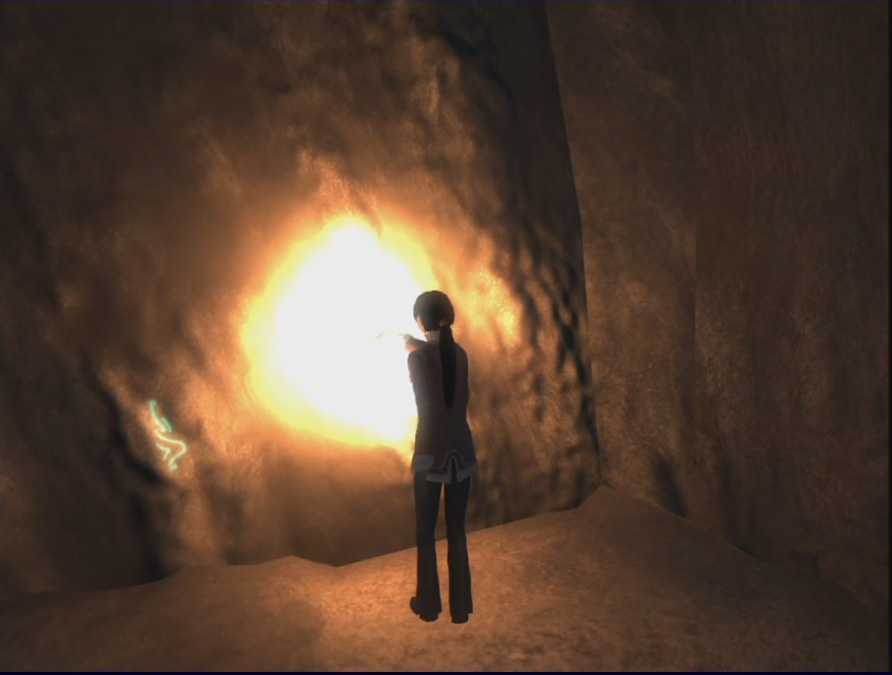
Instead, we deal with another problem: we are in a coma. Well, not us, but our protagonist, Zoë Castillo. The game starts at the end and then tells us how we got there: Zoë has moved back to her father’s house in Casablanca after dropping out of university and a failed relationship, and is now more or less living in the day – but all that changes when her ex-boyfriend calls and asks her for a favour.
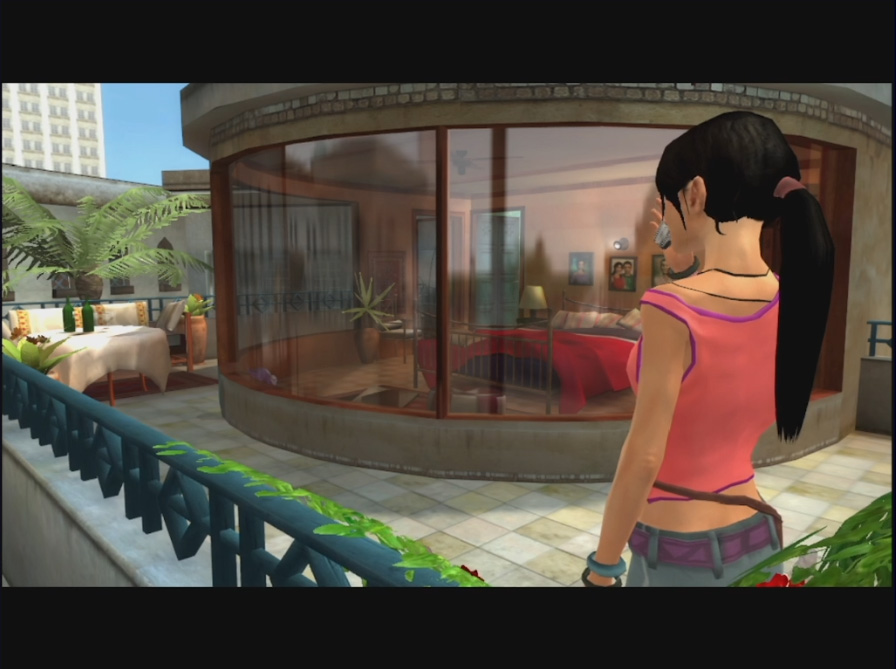
Reza is an investigative reporter and apparently on the trail of something big – so big that he only entrusts us with a special package to deliver to a company. And from there the story really picks up.
All in all, this is not the most original of beginnings, and many story developments are quite predictable. Of course Reza disappears inexplicably, of course the authorities are after us and we have to uncover a huge conspiracy centred on a new consumer electronics technology. However, overall I found this to be very entertaining and not a negative – it may not have really reinvented anything, however, in the context of the worlds and extensive history we still knew from the first part, the story was still very exciting.
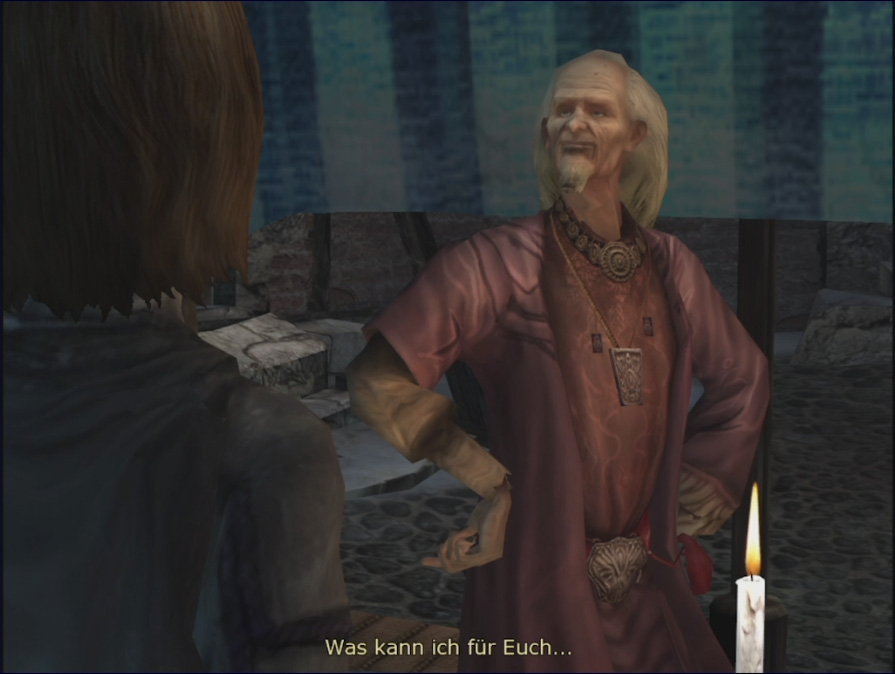
I don’t want to go too much into the story, but there was one thing that surprised me a little. I thought the “Big Picture” was very well told – centred on the power of dreams (hence “Dreamfall”) and the impact on the world if this power is not taken seriously. It fits very well into the story so far and is also very coherent in itself. However, there are a lot of inconsistencies in the small things that don’t really have anything to do with the story.
An example: Zoë broke up with Reza because the distance between them was too great and she was therefore not ready to take the next step. At the same time, however, she breaks off her studies and moves into a house that is only two streets away from his – but that is too close for her. Or another example: she missed her friends in Casablanca because she was studying in Cape Town and therefore couldn’t see them as often. Shortly afterwards, when she is living in Casablanca, she thinks about visiting her friends in Cape Town again – after all, the advanced means of transport make this possible within a few minutes – so which is it now?
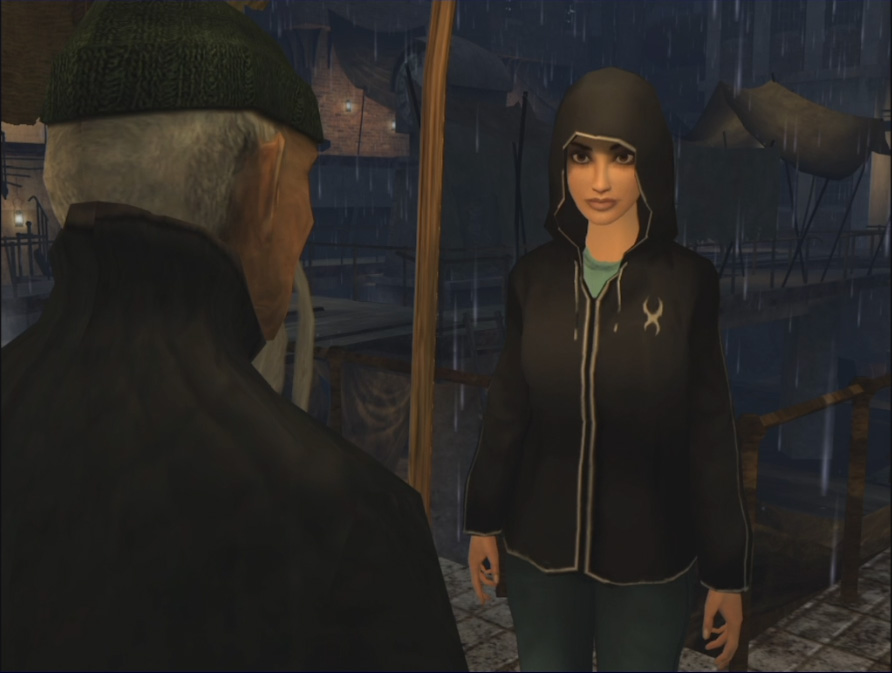
Overall, though, I didn’t find these inconsistencies too bad. They didn’t affect the story itself – but I found it strange that after such an epic story, you don’t find a better reason why she breaks up with Reza or why she quits her studies. Not a disaster, but a bit strange.
The story ends on a cliffhanger that will be continued in the next part – so no further details here. I just want to emphasise again how good I thought the story was overall – they set big goals and I think they achieved them all.
But there is another point I would like to take a look on: the change of genre. Like so many games at the time, point & click was apparently no longer cool enough and it had to become a 3D adventure game (other examples of this development are Broken Sword and Syberia). Therefore, the controls changed and we controlled Zoë directly with the controller. There was a “combat system” (very rudimentary, hardly worth mentioning, but also rarely used enough) and the puzzles rarely required combining items in the inventory – almost exclusively using the items in the environment.
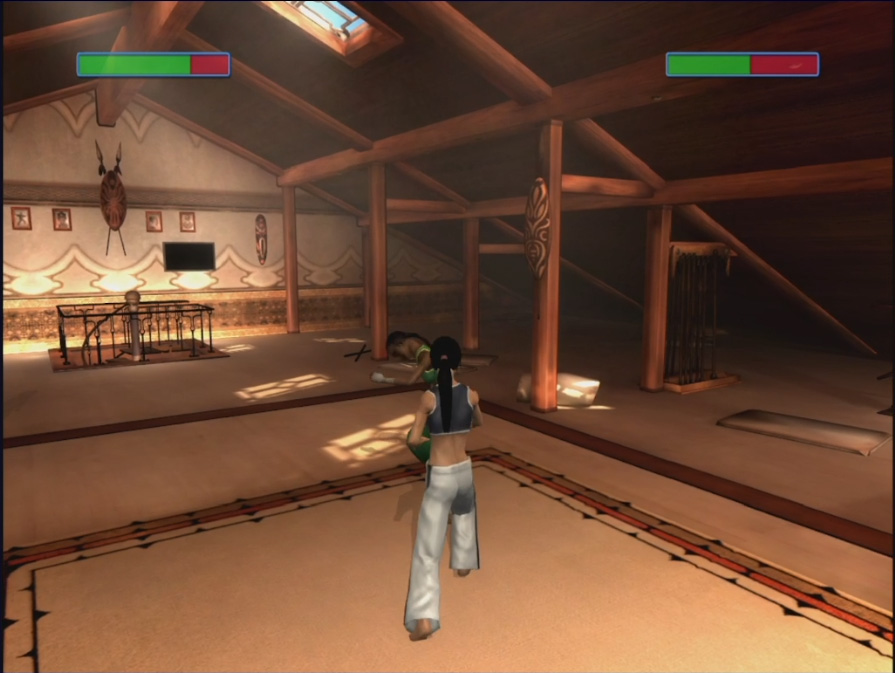
I am ambivalent about this development. On the one hand, I felt it was a relief, because you could concentrate better on the very complex story – on the other hand, some sections were more like a walking simulator with lots of film sequences in between. Sometimes there was a lack of variety.
Personally, this doesn’t bother me too much because, as mentioned in the last post, the story completely gripped and excited me – so I wanted to experience as much of the story as possible, and the cinematics brought that across very well. However, for the stream and for some other players it may be a different experience.
Another innovation that I found very good: this time you could play three different people (not freely, it changed automatically after each section). This meant that you could get very different perspectives on what was happening – I won’t reveal which ones at this point.

A short paragraph on the technical side: it just worked. We played it on the PC and had no crashes. It ran smoothly, the controls were precise and the graphics have improved significantly in the almost seven years between games – it was very nice to look at.
So what is my conclusion? I was thrilled! The game is a worthy successor to such a vast game as The Longest Journey. It took the complex world and told new stories in it without losing the connection to the first part. It surprised me at one point or another, but mainly satisfied my curiosity about the worlds of the universe – so let’s stay curious whether the last part can keep up.
What do you think of the game? Do you like it, was it exciting to watch or do you not like it? Have you played it yourself? Feel free to discuss on Discord!